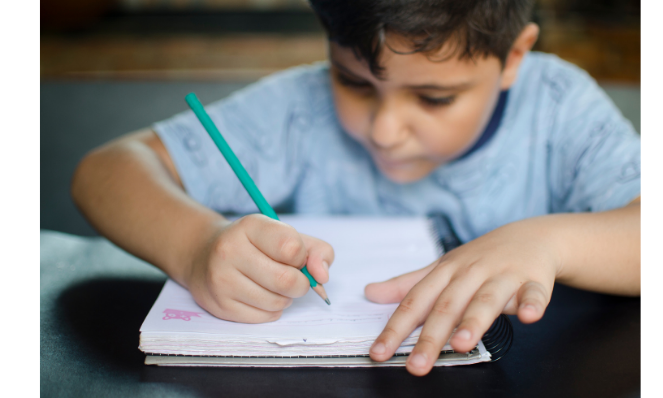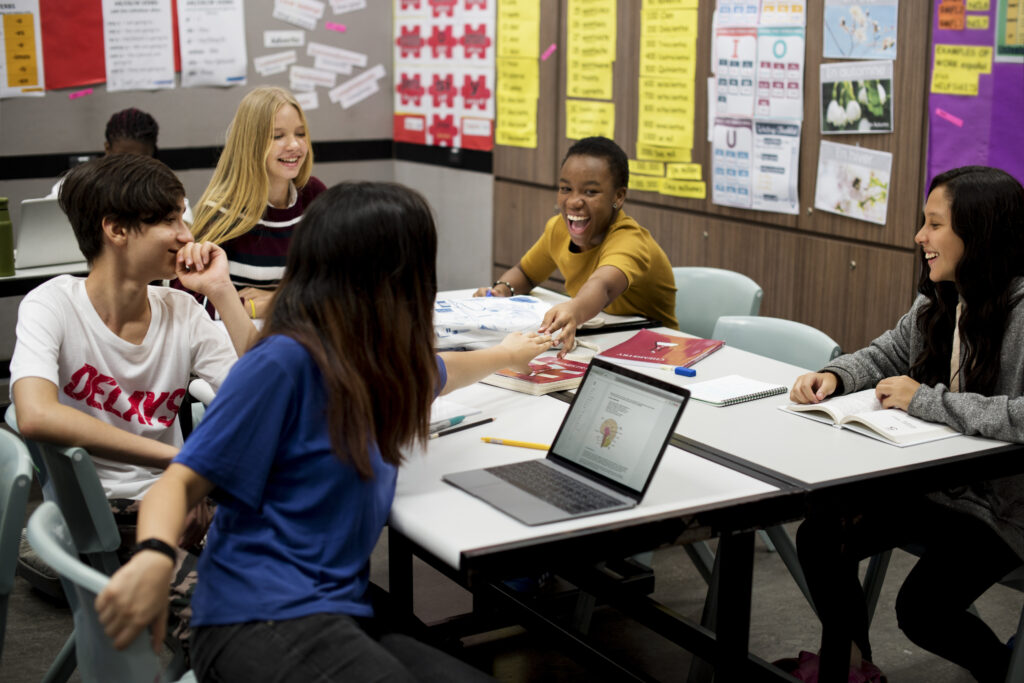
Building Your Instructional Model
What are the emerging models of distance learning?
Students in one school are on back-to-back video calls with their teachers while students in another school get a packet of work for the week and feel like school is now all homework. Are both of these models distance learning? What exactly should school look like in this context?
School leaders are facing an unprecedented and urgent need to rethink their instructional models in light of the COVID-19 pandemic and extended school closures. Through our work with schools and systems over the past month, we have seen patterns emerge around the core questions leaders are using to help determine how to move forward.
There are five questions we find leaders need to think through to define their model:
-
What access to technology do students have (e.g., internet, computer, smart phone)?
-
How do students best engage in learning?
-
What type of feedback and support do students need to engage in learning?
-
What is manageable for families’ schedules and needs at home?
-
What is most feasible for our teachers, many of whom may have children at home?
VARIABLE #1: ACCESS TO TECHNOLOGY
The first key decision that school and system leaders need to make is the role that technology will play in their model. As systems and schools try to increase student access (through everything from Zoom calls and website lists to directly distributing school computers and internet devices), we are seeing three models emerge:
-
Digital: Students have access to online learning and feedback mechanisms, including computers, internet, and/or smartphones. This enables online interactions with materials as well as groups of people.
-
Analog: Students have access to learning through printed materials and engage in reading, writing, and experiential learning without technology.
-
Hybrid: Students use both online and analog methods to engage in learning and feedback.
VARIABLE #2: SYNCHRONOUS VS. ASYNCHRONOUS LEARNING
The second key decision leaders will need to make is around how students will engage in content and feedback. We are seeing two choices emerge:
-
Synchronous: Learning and feedback take place concurrently through online experiences or phone calls.
-
Asynchronous: Students learn the same material at different times and locations.
The question becomes: How do we combine access to technology and interaction with learning to form a model?
Models for schools and systems
These models are meant to help schools and systems understand their range of options. Some will adopt one model system-wide (e.g., analog asynchronous for all families and grades), whereas others will implement blended options (e.g., K–2 analog asynchronous, 3–12 digital asynchronous, or offering families a choice of digital and analog asynchronous options). Consider both the decision-making guidelines below and the early learnings from schools and systems as you make decisions. After selecting your instructional model(s), consider the implications on logistics.
DECISION-MAKING GUIDELINES FOR LEADERS
-
Keep it simple. The goal is to enable learning during this time. Try “phasing up” learning and interactions over time.
-
Be aware of what families and students need. Many families are juggling work responsibilities and multiple children at home, and now they are being asked to take on instructional roles. Provide flexibility and ease whenever possible. Consider how your students best engage in learning: What content can they work on independently? What type of guidance and support do they need? What excites them?
-
Let go of prior constructs. Some schools and systems have tried to replicate their old bell schedules or school days on virtual platforms. This can be really challenging for families and teachers for many reasons, including access and student engagement. Don’t be afraid to let go of past conceptions of what school looks like.
-
Leverage your current distance learning best practices. Keeping the above guideline in mind, if you have materials that work for distance learning, keep using them.
-
Prioritize your instructionally vulnerable students. This might mean doing extra check-ins or providing additional support for specific students.
EARLY LEARNINGS FROM SCHOOL SYSTEMS
-
Asynchronous models seem to be the most manageable: Currently, we’re seeing systems and schools have the most success with asynchronous models—often providing both digital and analog options—with some amount of check-in phone calls and communications with families and students. These options provide more flexibility for families and teachers, but do require shifts in roles in supporting learning from families and teachers.
-
Consider different approaches for different grade-bands: Decisions for models have been particularly difficult for K–2 learning, where students need additional levels of guidance, and high school, where there are often graduation requirements to consider. As a result, many school systems mix and match models depending on the grade band. For example, a common K–2 practice is to choose an analog model focusing on read-alouds and foundational skills. If families have access to technology, teachers might record videos of read-alouds. If not, families often pick up reading. In high school, many schools choose digital asynchronous models, leveraging pre-existing programs to support earning graduation credits.
-
Focus on student engagement: Ongoing, authentic student engagement continues to be challenging across models. We hope to continue to learn about best practices here.
The reality is that we’re all still figuring out what school should look like during this time, but it doesn’t seem like there is a one-size-fits-all solution. We’re seeing leaders, teachers, and families working together to figure out this new frontier. Families and teachers are collaborating in new ways to support learning; leaders are reimagining what instruction can look like; and teachers are trying out new methods of engaging students.
We’re eager to hear what other factors school and system leaders are considering as they work to build instructional models and grapple with student engagement. Share your experiences with us here.


